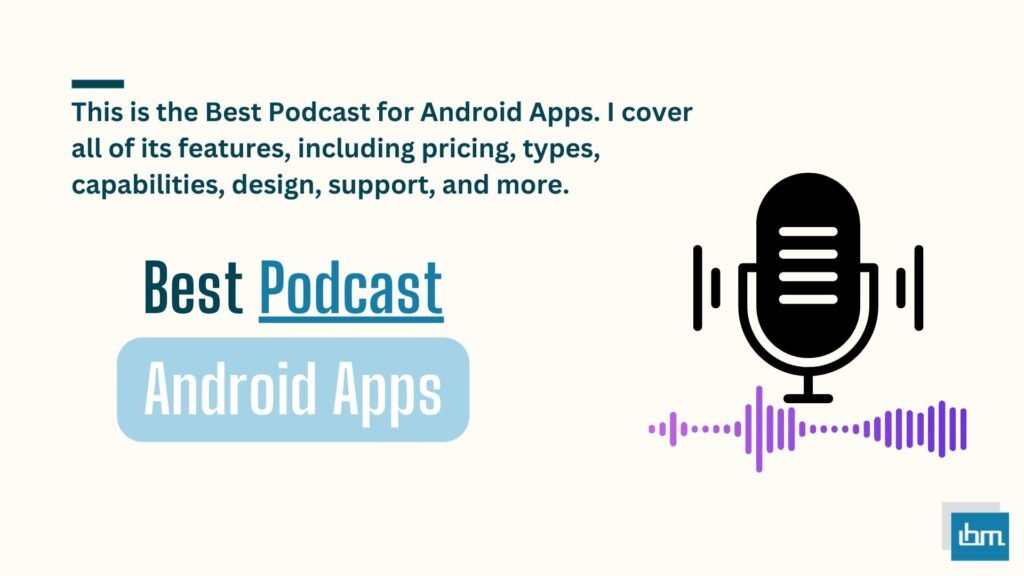Reviewed by: Jayprakash Prajapati | Last updated on October, 1, 2025
In the evolving landscape of digital marketing, SEO (Search Engine Optimization) is no longer a luxury it’s a necessity. For small businesses, 2025 presents both massive opportunities and growing competition. The way consumers discover services and products online is rapidly changing, driven by advancements in artificial intelligence, voice search, zero-click results, mobile indexing, and Google’s evolving algorithm.
The answer is no longer “Should we do SEO?” but “Are we doing the right SEO?” This guide takes you through the most effective small businesses SEO trends for 2025, how to apply them to increase your online presence, generate quality traffic, and generate leads or sales on a consistent basis.
What is SEO for Small Business?
SEO for small business is the practice of optimizing your website and online presence to attract local customers through search engines. It involves using targeted keywords, improving site speed, creating valuable content, and building trust signals to boost visibility, drive organic traffic, and increase leads or sales without paid advertising.
SEO isn’t just about ranking it’s the bridge between your customer’s trust and your business growth. If your content genuinely helps people, Google won’t just notice you it’ll lead others to you. Stop chasing keywords. Start building relationships through relevance and value.
1. AI-Driven Search is Evolving: Optimize for Helpful Content, Not Just Keywords
One of the most prominent SEO changes is about search models powered by AI such as Google SGE (Search Generative Experience) and Bard/Gemini integration. These platforms don’t emphasize keyword stuffing nor simple metadata anymore they emphasize user intent, context, and value delivery.
How Small Businesses Can Adapt:
- Produce material that naturally answers user inquiries.
- Use semantic keywords that relate to your primary topic (e.g., if your keyword is organic skincare, include terms like natural ingredients, eco-friendly routine, etc.).
- Make your content scannable and informative utilize headers, bullets, FAQs.
- Take notice of **Experience, Expertise, Authoritativeness, and Trustworthiness
💡 Tip: Google rewards people-first content. Write as if you’re helping out a friend instead of checking boxes.
2. Zero-Click Searches Are the New Normal
By in year, over 65% of searches are expected to end without a click, thanks to featured snippets, knowledge panels, and voice assistants. This means that ranking #1 isn’t enough you need to own the search result real estate.
How to Win at Zero-Click:
- Write for Featured Snippets by responding to questions at the beginning of your paragraphs.
- Incorporate FAQ sections with schema markup (also aids voice search).
- Use schema.org structured data for reviews, products, local business details, events, etc.
- Include concise answers (30–50 words) at the start of your writing when you answer targeted questions.
💡 Pro Tip: Use tools like Ahrefs, Semrush, or AlsoAsked to find “People Also Ask” queries and include them in your content.
3. Hyper-Local SEO Will Take Over the Game
Local ambition has never been stronger. “Near me” has skyrocketed and tends to be voice-oriented. For small businesses, the local SEO of year equals controlling your neighborhood online.
Small Business Local SEO Checklist:
- Optimize and claim your Google Business Profile.
- Add NAP (Name, Address, Phone) to all directories.
- Obtain backlinks from the local community websites, newspapers, and associations.
- Seek positive reviews on Google and profession-based sites such as Yelp, JustDial, Trustpilot.
- Employ regionally targeted landing pages if you are serving several regions.
💡 Clever Idea: Supplement Google Posts and regular Q&A posts to actively maintain your Business Profile.
4. Mobile-First and Voice Search Optimization Are Necessities
As of year, over 75% of small business web traffic is mobile-based. Furthermore, voice search inquiries through smart assistants such as Alexa, Siri, and the Google Assistant predominate and are question-based and conversational in nature.
What You Should Do:
- Make your website 100% mobile-responsive.
- Employ lightweight themes and lazy loading for increased speed.
- Optimize for long-tail conversational keywords (e.g., “What’s the best yoga studio near me?”).
- Incorporate speech-friendly answers in natural spoken style.
- Produce audio content, such as podcasts or voice blogs, integrated into your site.
The small businesses that win in year are the ones who treat SEO not as a shortcut, but a long-term conversation. Google isn’t a machine it’s a mirror reflecting human behavior. Write for people, not bots, and you’ll find the algorithm following your lead.
5. Content Quality instead of Quantity (Content Velocity Still Matters)
Google is becoming better at identifying thin repeated content. In year, quality outperforms quantity yet consistency counts.
Content Strategy That Works:
- Focus on pillar pages that thoroughly explain core topics.
- Employ internal linking to build clusters of topics around key themes.
- Convert the same content into various formats (video, infographic, carousel posts).
- Rewrite previous posts incorporating fresh information and re-optimize for new keywords.
💡 Tool Tip: Identify the articles whose traffic is declining using the Google Search Console and apply an SEO update to them.
6. Video SEO Is No Longer Optional
People consume video more than text especially Gen Z and Millennials. With the rise of YouTube Shorts, Instagram Reels, and Google Video Packs, small businesses must leverage video SEO.
Implement This Now:
- Incorporate videos in blog posts to increase dwell time.
- Make title and video descriptions keyword-rich on YouTube.
- Add subtitles and transcripts for accessibility as well as keyword targeting.
- Host behind-the-scenes, product demos, testimonials, or educational how-tos
💡 Bonus: Google now brings video schema into SERPs so your videos can rank even without clicks to your page.
7. Core Web Vitals & UX Are Ranking Factors
Since the Page Experience update, Google has made it clear: slow sites, poor UX, and layout shifts will hurt your rankings.
Enhance Core Web Vitals:
- LCP (Largest Contentful Paint): Optimize images, reduce load time.
- FID (First Input Delay): Lessen JavaScript execution.
- CLS (Cumulative Layout Shift): Avoid sudden layout movements.
- Use CDNs, caching, and lazy loading for fast delivery.
💡 Plugin Tip: If you are on WordPress, programs like LiteSpeed Cache, NitroPack, or WP Rocket can help immensely.
SEO in year isn’t magic it’s method. Think local to be seen global. The moment you win trust in your own street, Google starts lifting your name for the world to see. Visibility starts at home don’t ignore your neighborhood.
8. First-Party Data and Email SEO Are More Important Than Ever
With the elimination of the third-party cookie in year, small businesses have to collect and engage with first-party data in targeting users.
Strategies That Win:
- Invite users to subscribe to newsletters or download lead magnets.
- Make your subject lines SEO-friendly by incorporating keyword-optimized phrases.
- Split your email lists to do targeted follow-ups.
- Combine your email and SEO approach e.g., employ blog posts as part of a nurture campaign.
9. Image SEO Underestimated Yet Strong
Visual search is increasing rapidly, and tools such as Google Lens and Pinterest are becoming SEO-centric.
How to Optimize:
- You should always employ alt text which explains the picture and incorporates keywords.
- Optimize images for speed (compress images using the WebP format).
- Insert captions beneath your images where relevant.
- Name your files descriptively (e.g., handcrafted-soap-small-business.jpg).
💡 Fact: Google can rank pages in the image search outcomes even if the image is but one element in a blog article.
10. Ranking’s Backbone Are the Trust Signals
It’s the year where trust is a currency. Without online credibility for your small business, you won’t rank even if your content is the best.
Gain Confidence:
- Show author bios with credentials.
- Include customer testimonials and case studies.
- Add privacy policy, terms, and secure HTTPS.
- Be transparent about who owns the site and how users can contact you.
💡 Checklist: Google rewards sites that are clear, safe, and genuine. Pretending to be bigger than you are can backfire.
11. SEO Tools & Automation: No Longer the Domain of Big Brands
In year, SEO tools powered by AI are available to everyone including solo consultants and owners of small stores.
Recommended Tools:
- Ubersuggest or LowFruits for cheap keyword research
- Frase or Surfer SEO to organize articles for optimization.
- Rank Math or Yoast for WordPress SEO configuration.
- Screaming Frog or Sitebulb when performing small site audits.
Use these to track performance, fix errors, and plan better content without needing a full agency.
Search engines don’t just search they decide who gets trusted. Your brand won’t show up unless speed, sincerity, and strategy work together. If you’re slow, confusing, or vague, Google assumes you don’t care. But if you’re clear, fast, and honest, success will find you.
Conclusion.
Best SEO trend for small businesses in year is not a hack or a trick but being real, valuable, and helpful.
If you can actually help your customers’ problems, write credible content, and be persistent with your initiative, you won’t just rank; you’ll establish a thriving brand.
SEO isn’t robotics – it’s humans. Do what you do best for your users, and search engines will arrive.
And don’t forget, SEO is a long game. Your results won’t come overnight, but with strategy, patience, and execution, your online presence will build steadily over time. Build strong relationships with content, not just with traffic.
Be transparent in your message, concise in your solution, and enthusiastic about your mission. The more relevant and helpful you are to your customers, the more Google will reward you. Visibility in year isn’t bought; it’s earned. And small businesses just like yours have a fair chance to win.




